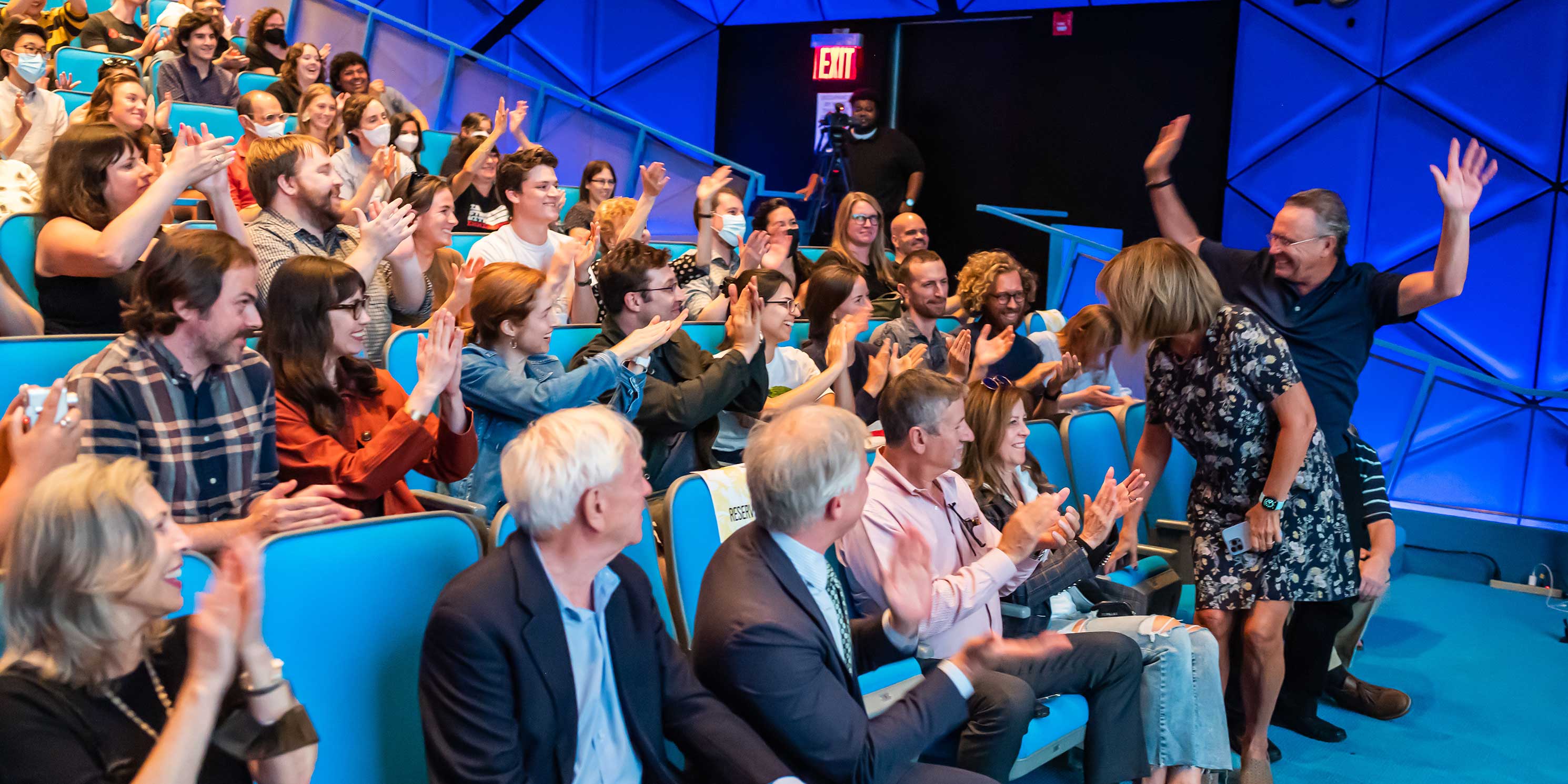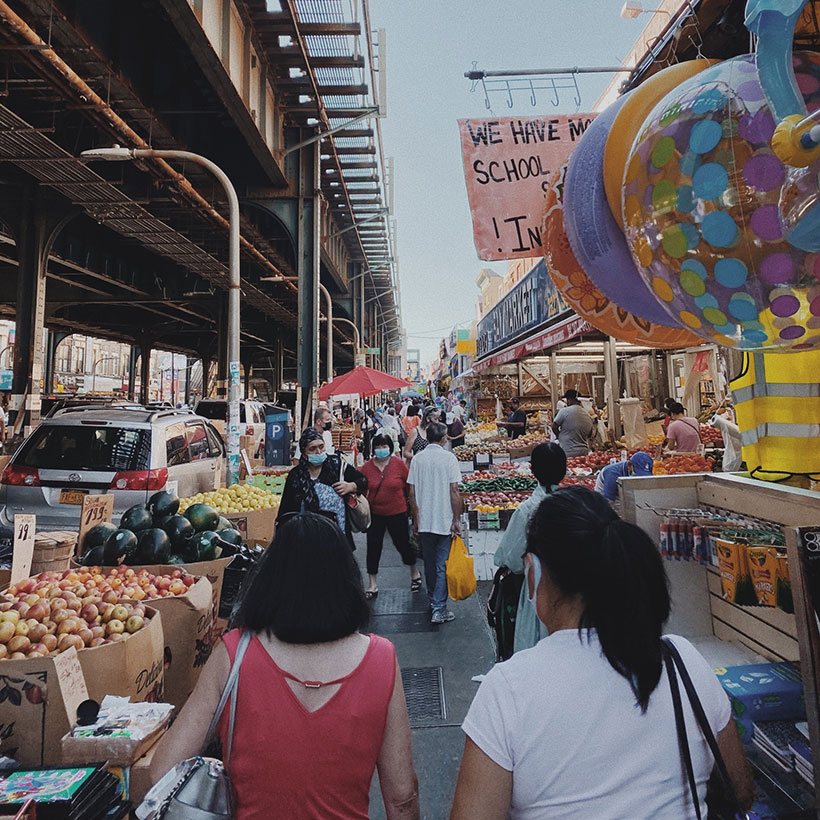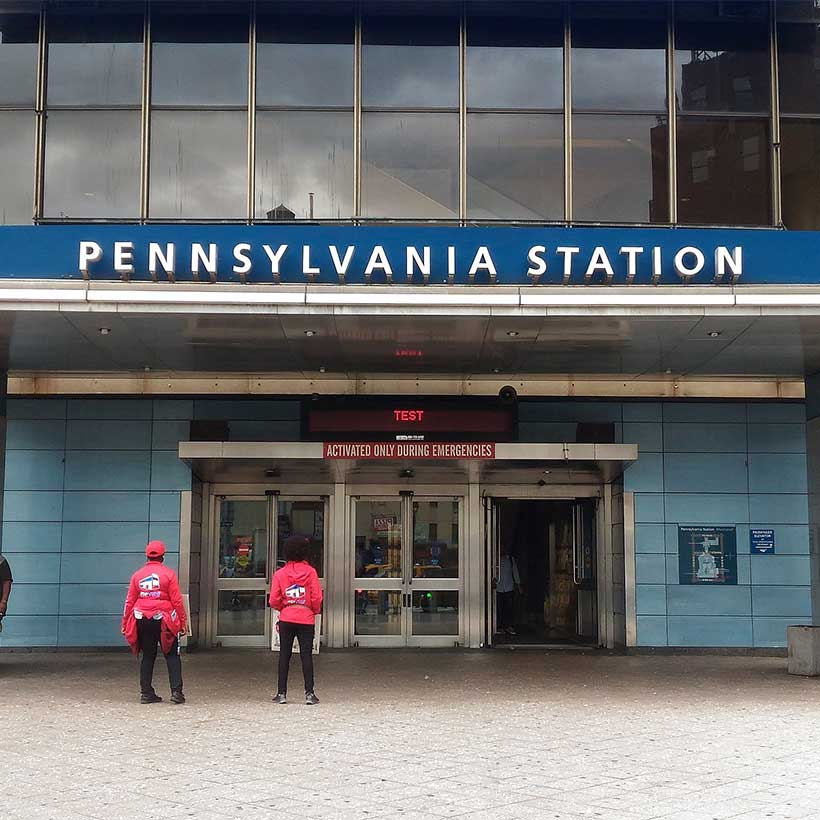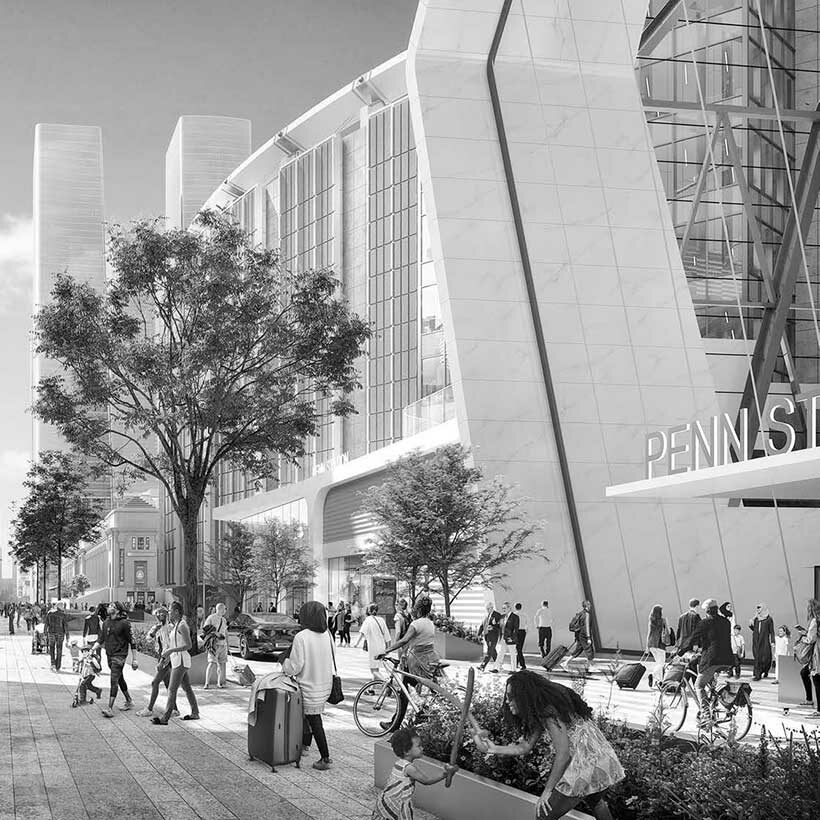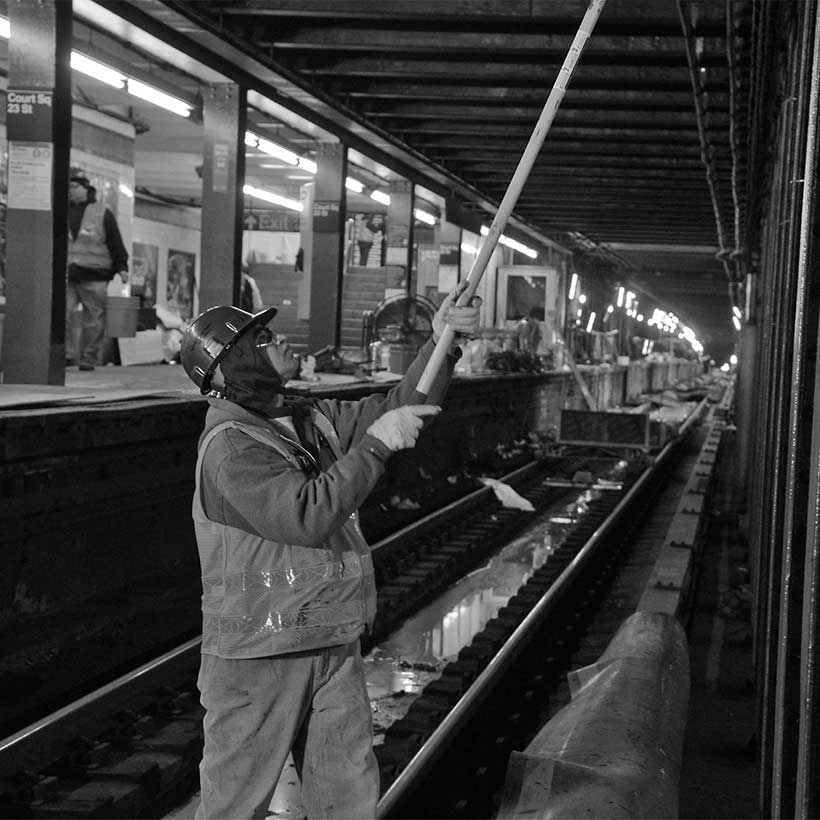President’s Letter: September 2023
Monthly observations and insights from MAS President Elizabeth Goldstein
I just recently returned from a trip to Italy. It was the first time since the beginning of the COVID pandemic that I had been off the North American land mass. It was wonderful to be exploring a place that wasn’t familiar.
As a city lover I am always fascinated by each city’s unique character. That quality comes from the bits of history, architecture, language, climate, and customs that come together to make them feel different from each other. Of course, most cities are also dealing with many of the same issues and pressures of immigration, changes in climate and technology that have the power to both cause and solve problems.
Steve, my husband, shares my desire to discover the feel of a neighborhood. But he’s a bit less eager to watch how garbage is collected, how electric cars are favored at street-side recharging stations, and how bicyclists are protected in lanes of their own.
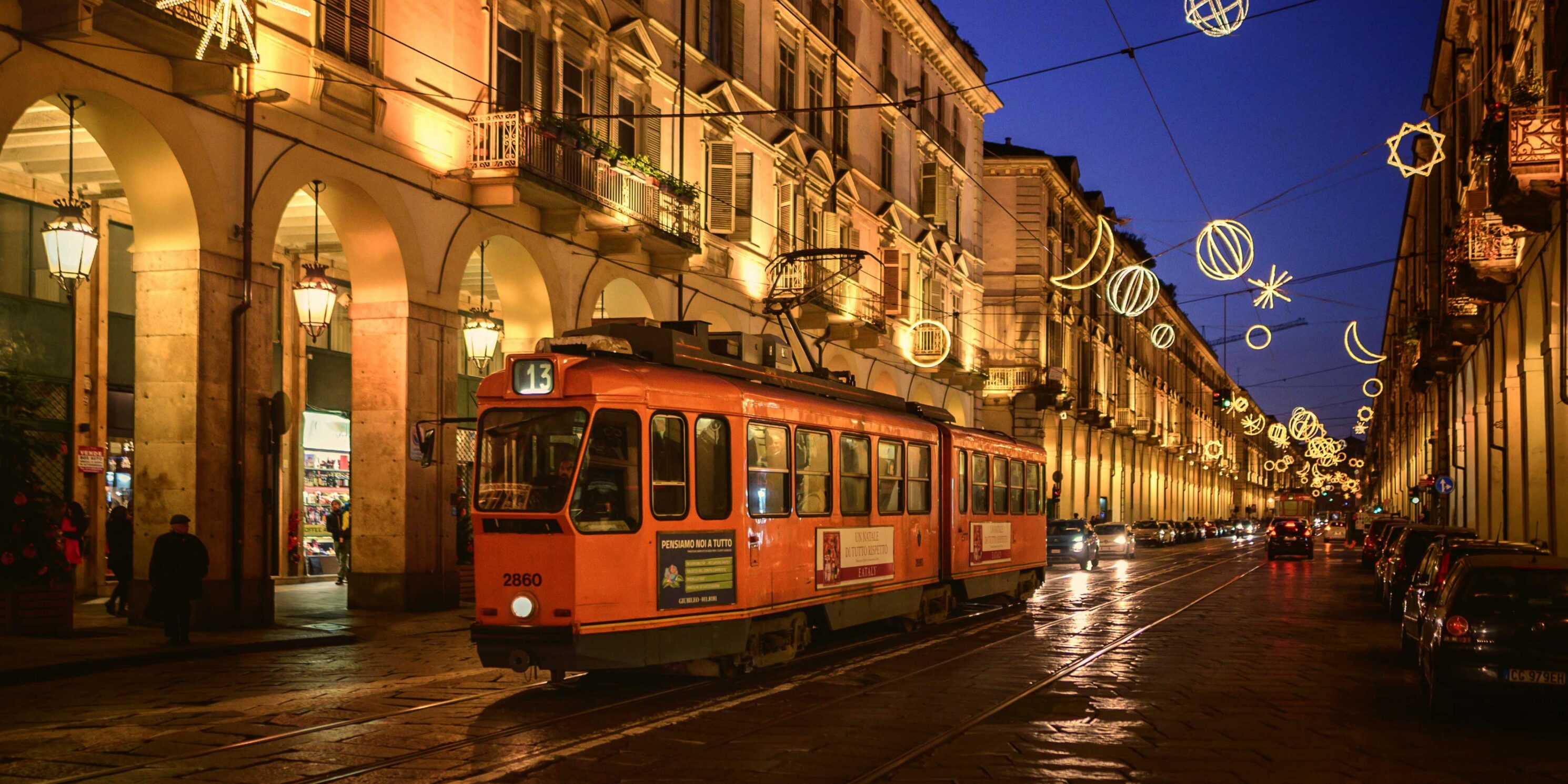
We had a great trip, one that was both thought provoking and head clearing. Whenever I am in Europe I am struck again by their attitude to historic preservation. I find the combinations of historic structures with modern ones, intriguing. We visited the Castello di Rivoli, just outside Turin. It was the then-rural family seat for the Savoy family and now houses a modern art museum with commanding views of the surrounding region. The buildings that house the museum are historic with modern insertions and appendages that work to enhance the historic qualities of the ensemble. The contrasts are striking but serve to make you more aware of all of the architecture.
For obvious reasons you can guess, I spent time viewing the streets of both Turin and Bologna with eye to the changes that the pandemic brought. Like New York City, the presence of the automobile has been diminished to the benefit of pedestrians and transit.
In Turin the phenomenon of outdoor restaurants reflects what I hope is the future state for New York City. Simple, neat, and compact metal structures that connect smoothly to the edge of the sidewalk are surrounded by simple railings that don’t call attention to themselves. And although some of these structures are more robust than others, they seem professional and elegant.
One question I’m still noodling is about garbage. How have cities more ancient and less spacious than our own been able to figure out how to collect and sort garbage so efficiently?
Another is about subways. One has to imagine that the insertion of a new subway in Turin for the 2006 Winter Olympics was no easy feat. It runs smoothly and includes protective glass doors on the platforms that protect passengers from falling onto the tracks. Of course, every project looks easy when it is over! And indeed, the Turin subway was first conceived in the 1930s. It was finally realized in the 2000s. So much for easy!
As I reentered New York City this week, I had the pleasure of sitting next to someone at dinner who described the challenges of moving forward a big project in New York City as the ability to find a path through the maze of politics, engineering and design while at the same time persuading stakeholders that the visionary goal can be achieved. (Without revealing names, I will say, this person knows from whence he speaks!) These ruminations made me realize the power of the triumvirate of smart people who make things happen: those in government, the advocacy community and the private sector. At times, we may make each other a little crazy, but I truly believe we end up with a better city as a result.
I hope that you are staying dry today as New York deals with yet another extreme precipitation event! I am dreaming of the wonderful, raised porticos of Bologna. No umbrella is needed to walk most sidewalks there. I hope you have trips of your own that spark thinking about the city we share and love.
Thanks as always for your support.

Elizabeth Goldstein
President, Municipal Art Society of New York
